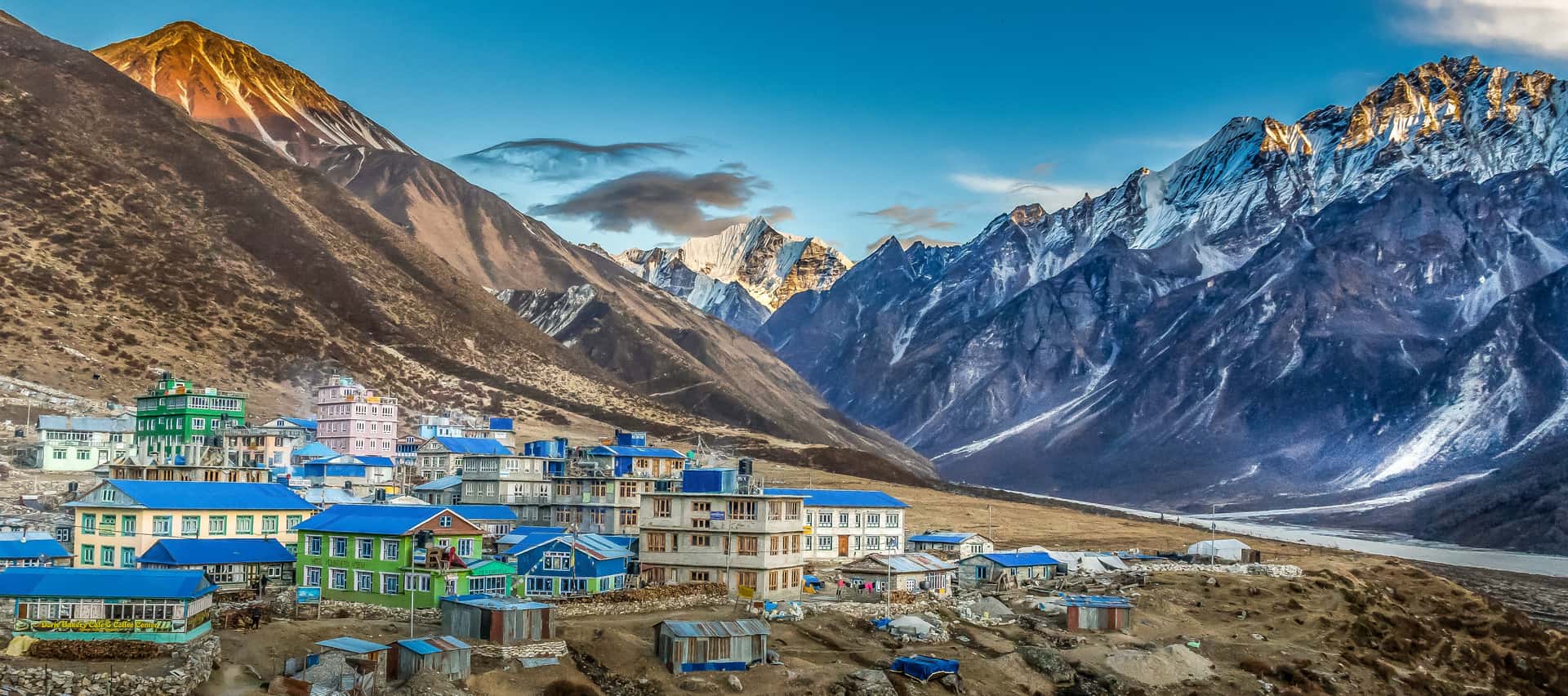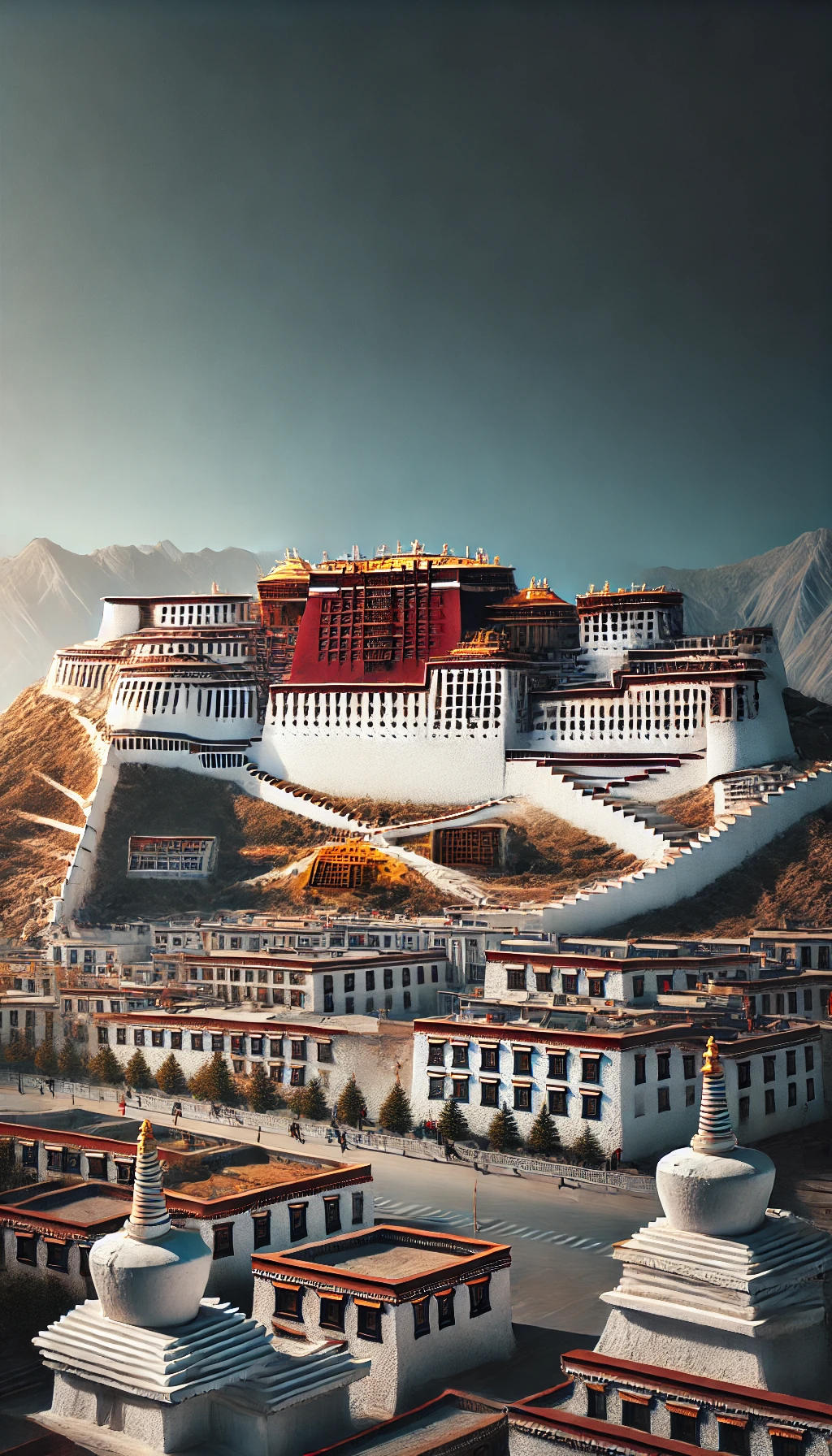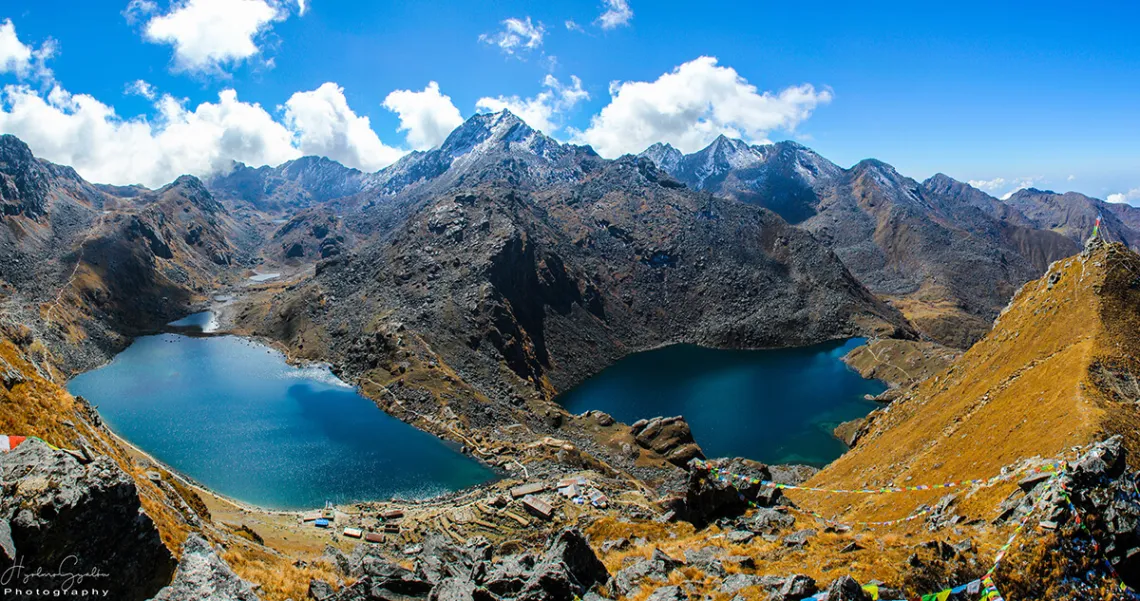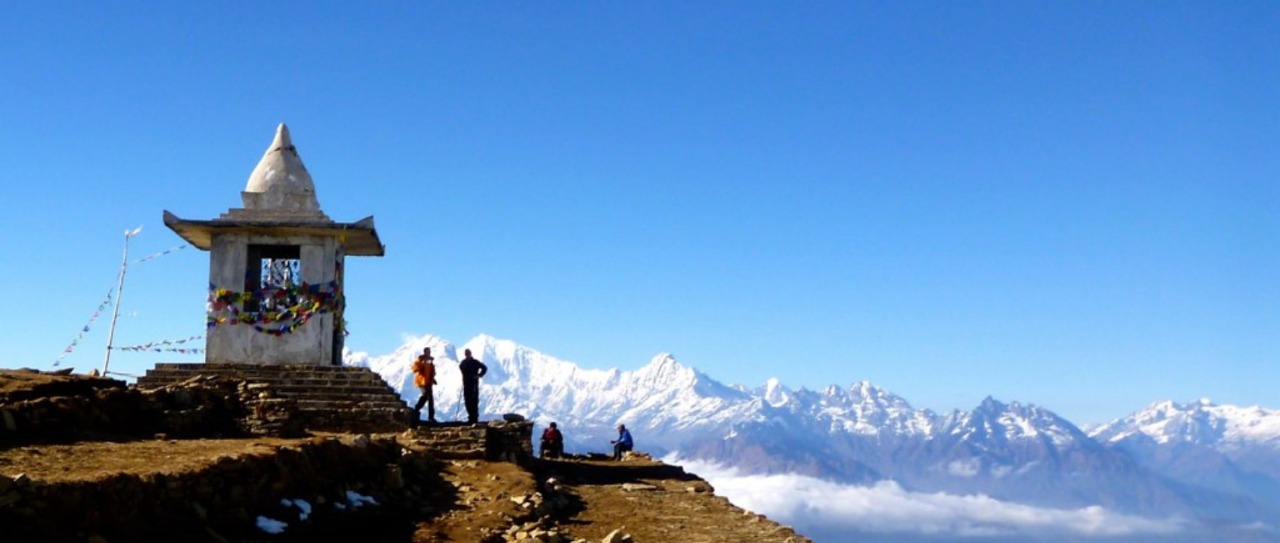The Langtang Valley Trek is a popular and rewarding trekking route in Nepal, known for its stunning natural beauty and cultural richness. Located just north of Kathmandu, the trek offers trekkers an incredible adventure through the picturesque Langtang Valley, surrounded by snow-capped peaks and lush forests. The trek is considered moderately challenging, making it ideal for both beginners and experienced trekkers. The Langtang Valley trek package typically includes a well-planned itinerary, taking you through traditional Tamang villages, monasteries, and rhododendron forests, with opportunities to experience the unique local culture. With its diverse landscapes and breathtaking views, the trek is a perfect combination of adventure and serenity, making it a sought-after destination for trekking enthusiasts. The best time to embark on the Langtang Valley Trek is during the spring (March to May) and autumn (September to November), when the weather is most favorable. The trek is accessible from Kathmandu, and permits are required to enter the Langtang National Park. Various trekking agencies offer Langtang trekking packages that include experienced guides and well-structured itineraries, ensuring an unforgettable adventure in one of Nepal’s most scenic regions. Whether you're looking for a short trek or a longer adventure, the Langtang Valley trekking route promises a remarkable experience for every type of traveler.
Langtang Valley Trek
Upon your arrival at Tribhuvan International Airport in Kathmandu, our representative will warmly welcome you. You will be transferred to your hotel, where you can relax and recover from your journey. In the evening, there will be a briefing about the trek, including safety measures, routes, and preparation tips. Overnight at the hotel in Kathmandu.
The day starts with an early morning drive to Syabru Bensi. The scenic drive offers spectacular views of the Himalayan range, terraced fields, and rustic villages along the Trishuli River. As you ascend, the landscapes transition to lush green hills and deep valleys. Upon arrival in Syabru Bensi, you’ll check into a teahouse. This small town serves as the starting point for the Langtang Valley Trek.
The trek begins with a gentle ascent along the Langtang Khola (river) through dense forests of oak, rhododendron, and bamboo. You’ll pass small settlements like Bamboo, where you can stop for a short rest. The trail involves several ups and downs, crossing suspension bridges and enjoying waterfalls. Upon reaching Lama Hotel, you’ll settle in for the night at a cozy teahouse.
Today’s trek takes you higher into the Langtang Valley. The trail gradually ascends, offering breathtaking views of Langtang Lirung (7,227m/23,711ft). You’ll pass through Langtang Village, a settlement that was significantly affected by the 2015 earthquake but has since been rebuilt. After a short break in Langtang Village, continue the trek to Mundu, where you’ll stay overnight.
This is a shorter trek day, allowing you to acclimatize to the higher altitude. The trail winds through yak pastures, mani walls, and prayer flags, reflecting the Tibetan Buddhist culture of the region. Upon reaching Kyanjin Gompa, you can explore the famous monastery and a local cheese factory. The village is surrounded by towering peaks, offering spectacular views.
This is the most challenging yet rewarding day of the trek. You’ll hike to Tsergo Ri, one of the best viewpoints in the Langtang region, offering panoramic views of Langtang Lirung, Dorje Lakpa, and the Langtang Glacier. Alternatively, you can climb Kyanjin Ri, which is a slightly shorter hike. After enjoying the stunning views, descend to Kyanjin Gompa for an overnight stay.
Retrace your steps back to Lama Hotel, descending through the same trail. The descent is easier as you lose altitude, allowing you to enjoy the natural beauty and revisit the serene landscapes. Overnight at Lama Hotel.
On the final trekking day, continue descending through lush forests and crossing suspension bridges to reach Syabrubesi. This is your last night in the trekking region, where you can relax and reflect on the adventure.
Bid farewell to the Langtang region as you drive back to Kathmandu. The scenic journey offers a last glimpse of the beautiful landscapes and villages. Upon arrival, you’ll be transferred to your hotel. Spend the evening exploring the city or relaxing.
On your final day, you will be transferred to Tribhuvan International Airport for your onward journey. Take with you the memories of the Langtang Valley’s stunning landscapes, rich culture, and warm hospitality.
Trip Inclusions
- Airport pickup and drop-off by private car.
- Two nights' accommodation with breakfast at a 3-star category hotel in Kathmandu.
- Transfer between Kathmandu – Sybrubensi - Kathmandu by public bus.
- Three daily meals with tea/coffee (breakfast, lunch, and dinner) during the trek.
- Best available twin-sharing lodge for accommodation during the trek.
- Snacks of seasonal fruits during the trek.
- Services of one highly experienced, helpful, and friendly trekking guide; porters (1 porter for two trekkers). Including their food, accommodation, salary, and equipment; accident insurance for all staff.
- Use a down jacket and sleeping bag while trekking.
- Duffle bag for trekking.
- Nepal Adventure Guide T-shirt, trekking map, and trip achievement certificate.
- First aid medicine kit.
- Langtang National Park Permit fee.
- Government taxes & office service charges.
- Lunch and dinner while in Kathmandu.
- Transportation by private vehicle to/from Syabrubensi incurs an additional cost of USD 280.00 for the round trips.
- Travel insurance.
- International airfare
- Nepal entry visa fee
- All kinds of cold drinks during the trek.
- Hot showers during the trek.
- Personal trekking equipment.
- Wi-Fi/Internet access during the trek.
- Tips for trekking staff and drivers.
Departure dates
No available dates
Departure dates
No available dates
FAQs
The Langtang Valley Trek is a moderately difficult trek, suitable for trekkers with basic physical fitness. It involves daily walking for 5-7 hours on uneven trails, with some steep ascents and descents. Prior trekking experience is helpful but not mandatory.
The best seasons for the Langtang Valley Trek are: Spring (March to May): Clear skies, blooming rhododendrons, and mild temperatures. Autumn (September to November): Pleasant weather and excellent mountain views. Winter (December to February) and monsoon (June to August) treks are possible but come with challenges like cold weather or slippery trails.
Yes, you need the following permits: Langtang National Park Entry Permit TIMS (Trekkers' Information Management System) card These permits are included in most trekking packages and are arranged by your trekking agency.
The trek starts from Syabru Bensi, which is about a 7-8 hour drive (130 km) from Kathmandu. Private or shared vehicles are available for the journey.
Accommodation during the trek is in basic teahouses, offering clean rooms with twin beds. Most teahouses provide communal dining areas, simple meals, and shared bathrooms. Hot showers and charging facilities are available at an additional cost.
Teahouses serve a variety of meals, including: Local dishes like dal bhat (rice, lentils, and vegetables). Western options like pasta, noodles, pancakes, and omelets. Snacks such as soups, tea, and coffee. Vegetarian and vegan options are usually available.
Yes, altitude sickness is a potential concern as the trek reaches heights above 3,800m. Proper acclimatization days and staying hydrated can help prevent it. Guides carry basic first-aid kits and oximeters to monitor oxygen levels.
Reviews
Leave a Review
Nepal Adventure Guide




